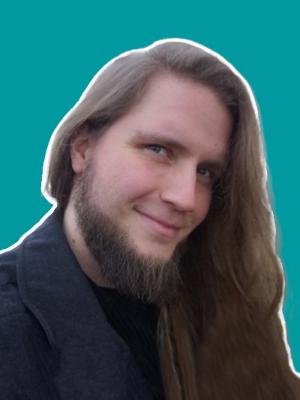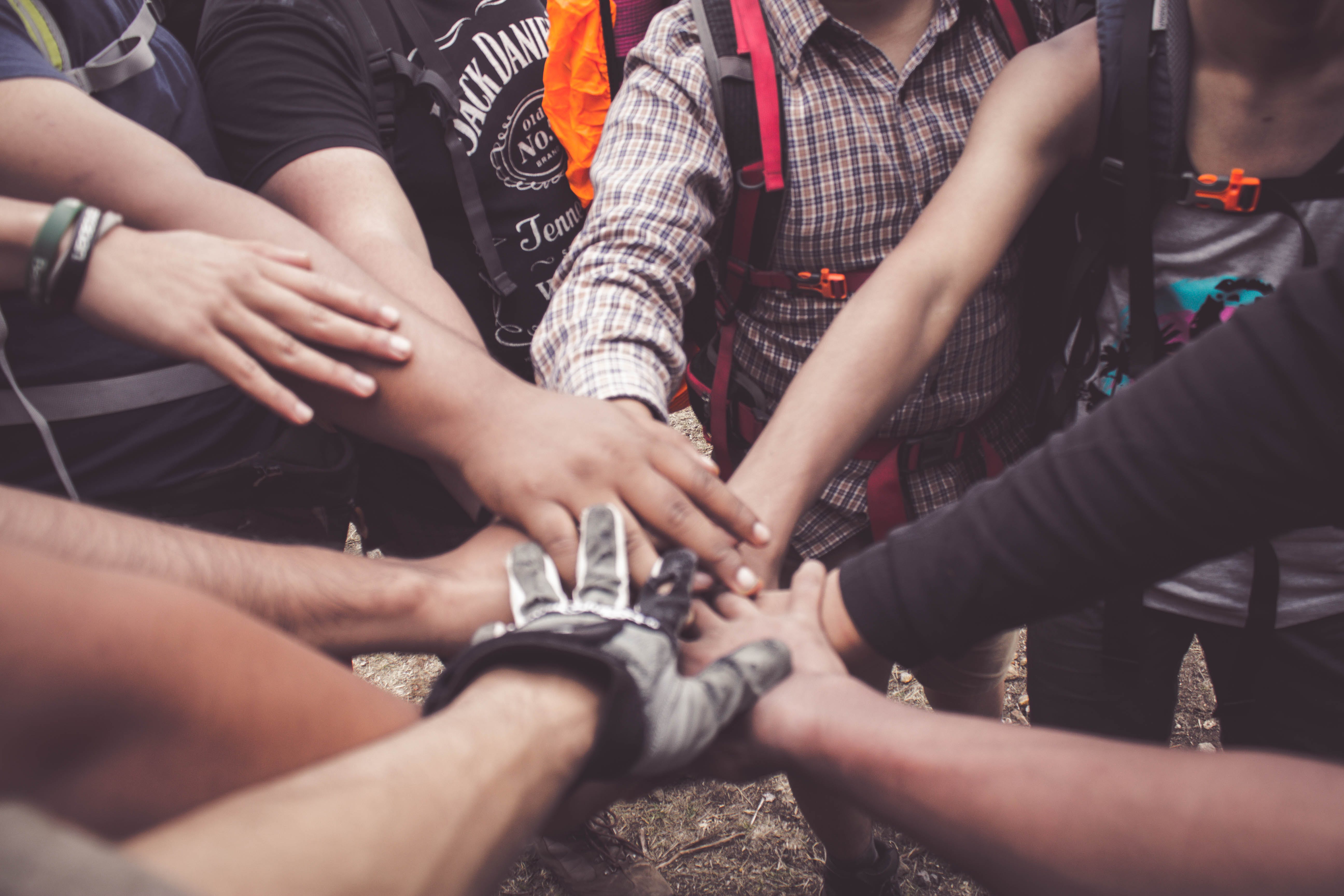Let me start out a bit vulnerable.
I have never been particularly popular, and as a millennial, that led to me seeking out online communities.
It turns out that was partly rooted in my neurodivergence, and so it carried through my life. So, when the SSI pushed for more communities of practice around our fellowships, I felt like I should give it another try.
Ironically, in the current AI hype, I'm still inclined to think that I don’t talk about things people would find interesting or would like to talk about with me. Maybe something for the therapist’s office.
But how do communities form?
Even for me, making friends in school was easy. The person you got sat next to ended up being your friend in a lot of cases.
So young adults often reach a cliff-like drop in connection when they move to their first job that leaves them isolated and curious: what happened? Why is this so hard?
So instead of proximity, modern communities form around shared interests.
Online, we see this a lot around three incredibly popular topics: money, relationships, and fame.
The only problem? You have to deal with people that only care about money, relationships, and fame.
So instead, we have to put on the hard work and go from “Zero to Not Zero” when we start a football club, just as much as when we build a new RSE community.
What is the hard work?
Creating a community is vulnerable.
As someone that opens the community, you bare a part of your soul to the world and hope it is received well.
But certain aspects can break your community. When we start with a lack of diversity and grow the community, we will forever play catch up, for example.
Other problems can be personality cults, where someone makes the entire community about themselves. And as humans, we are very clearly flawed, and that flaw is very often the downfall of a place you spent years in.
Then there are poisoned wells, where we are scared to exclude people through moderation, and suddenly a person or group can spread their toxicity in this place you used to call your home.
And then there’s the whole part about getting people into the door, which is its own crux.
What works?
Is there any saving?
Well, many places have successfully built diverse and inclusive communities. They have a few things in common:
Codes of Conduct work as a promise to at least try and care about the safety of a community. They lay the foundation to have something enforceable by community leaders. But that obviously lives and dies with how the leadership in a community adheres to and enforces this code.
Strong moderation to avoid the poisoning of your well, but easy access so folks can join without too much of a hassle. Different studies on usability show that each question on a form drastically reduces the probability that a user will sign up.
At the Collaborations Workshop, we had the wonderful “Pacman Rule”. Be welcoming and always leave a spot open if someone would like to join a circle of conversation. Being welcoming usually sets the tone for a community.
There’s also value in having some neat merch like stickers, but that can also be a bit much to organise, especially in the beginning.
Don't go alone!
You'll start alone.
But get keen people on board as quickly as possible. The old saying goes, “Alone, you go fast. Together, you go far.” That way, your community isn’t hinged on you doing well alone but actually spreads the work to multiple people.
Someone said to me that building a community is training others in leadership to take your community further.
What I learned from discussing and building
Choose what you care about and pursue it with integrity.
Include your kind of people.
Go with software that people actually use. I tried to use a fancy “community software” to build The Latent Space. This ended up being a bit of a waste because people struggled to sign up. Emails weren’t sent. And the interface was clunky. Now we use Discord, a software that is battle-tested and fairly easy to set up and definitely easy to moderate.
Another consideration for inclusivity as a community founder is proper certification. You can’t become a Certified Best Friend™ but you can definitely get safety certifications like the Mental Health First Aider certification to deal with certain situations adequately.
What is the Latent Space?
If you’re curious, The Latent Space is an inclusive machine learning and AI community.
I myself am queer and neurodivergent. I try to embody feminist and black-inclusive values, but those aren't my identity, so I educate myself and implement them as best as I can.
It is for practitioners and the curious. Whether you want to talk about machine learning, recommender systems, data science, AI, chatGPT, or the ethics of all of it, this is the space.
Whether you like to enthusiastically share things you found or engage in deep discussions about the impact of new developments, this should be a place for both. Just a place for "the normal stuff". The things below the hype. But the rest will have to grow organically.
Remember, building communities is hard, so getting started is brave!


